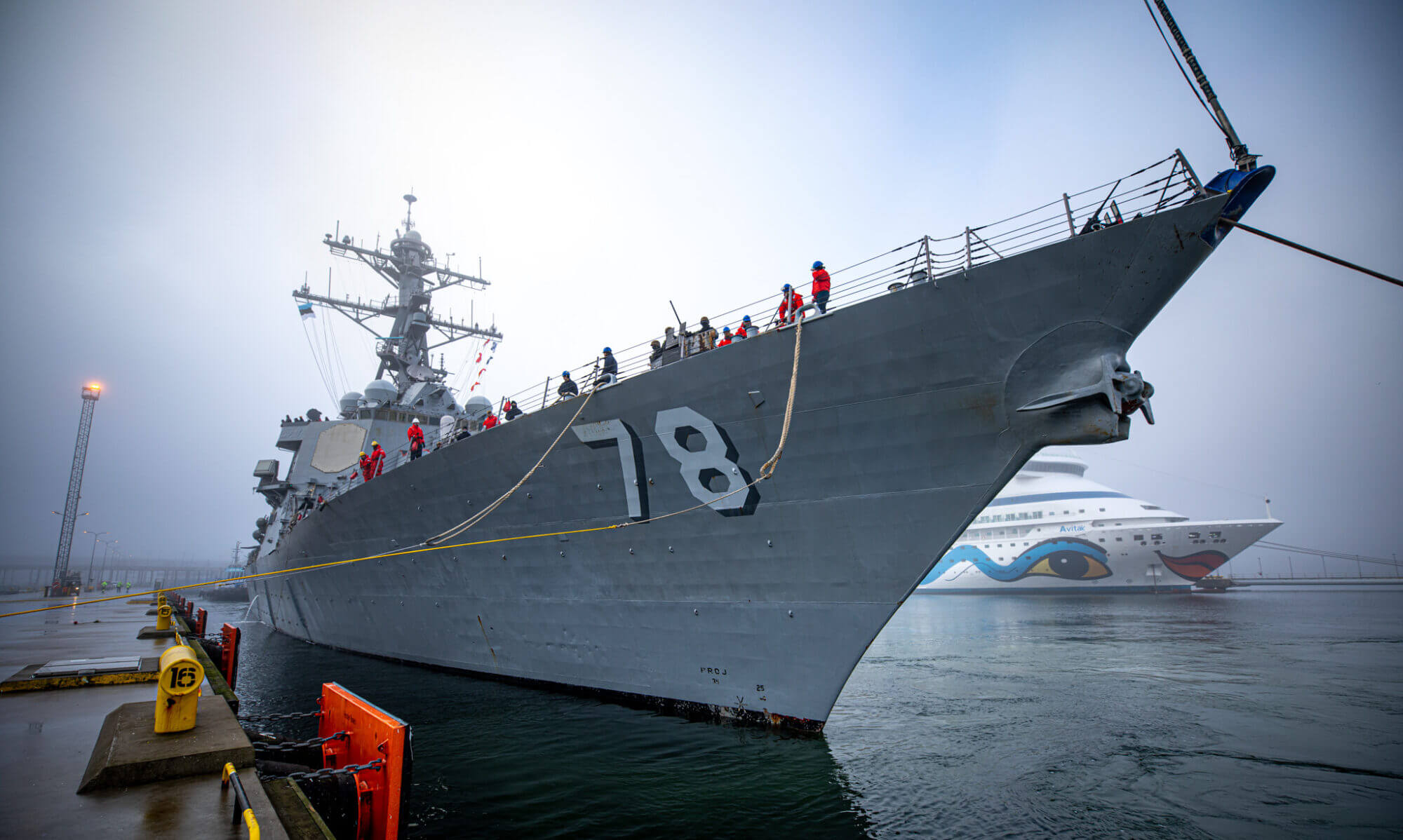
Introduction:
Welcome back to our ongoing discussion on the evolving landscape of global naval affairs. In this installment, we build upon our previous explorations — from the threats posed by Houthi missiles and drones in the Red Sea, affecting both global trade and the U.S. Navy’s operations (Houthi Missiles and Drones Threaten Red Sea Shipping), to the unique challenges the U.S. Navy faces in the strategically critical Red Sea and Suez Canal regions (How the US Navy Is Facing New Challenges in the Red Sea and the Suez Canal). We have also previously examined the role of ships like USS Carney in maintaining regional stability (USS Carney Defends Regional Stability in the Red Sea), and delved into understanding America’s warfighting navy priorities (Understanding America’s Warfighting Navy Priorities). Today, we turn our attention to the recent incident in the Red Sea involving the attack on the Zografia ship, to further understand its implications for U.S. naval operations and global maritime security.
The Red Sea Incident: A Brief Overview:
On January 16, 2024, the Red Sea bore witness to a troubling event. Yemen’s Houthi group claimed responsibility for attacking the Zografia ship, a vessel reportedly heading to Israel. This attack prompted a swift response from U.S.-U.K. warships, signaling the heightened tensions in one of the world’s most crucial shipping lanes. This incident serves as a stark reminder of the volatile nature of maritime geopolitics.
The Rising Threats in Naval Warfare:
The U.S. Navy faces an array of modern threats, including armed drones, sophisticated cruise missiles, and anti-ship ballistic missiles. These encounters in the Red Sea are not just isolated incidents; they offer invaluable data and experience, shaping the U.S. Navy’s strategy, particularly in the Indo-Pacific region where maritime tensions continue to rise.
China’s Military Buildup: A Major Concern:
China’s People’s Liberation Army Rocket Force represents a formidable challenge to U.S. forces in the Pacific. With the capability to launch thousands of missiles over vast areas, the U.S. could potentially face overwhelming odds in intercepting mass missile attacks. This threat necessitates a reevaluation and strengthening of American defensive strategies in the region.
Adapting to Modern Warfare:
In response to these emerging threats, the U.S. Navy is exploring innovative defense tactics. Concealing the movement of forces, misdirecting enemy reconnaissance, and blinding surveillance systems are crucial for defending against mass missile salvos.
The U.S. Navy’s Role in Global Commerce Protection:
The U.S. Navy’s responsibility extends beyond mere military engagement; it is vital for ensuring the uninterrupted flow of global commerce. As Brad Bowman of the Foundation for Defense of Democracies highlights, America’s status as a maritime and trading power is intrinsically linked to the free movement of maritime commerce. This role is essential for maintaining American prosperity and security.
Conclusion:
The attack on the Zografia ship in the Red Sea is a clear indicator of the evolving nature of naval warfare and the complex challenges faced by the U.S. Navy. It underscores the importance of adapting to new threats while continuing to protect global maritime commerce. As we navigate these troubled waters, the need for vigilance and strategic innovation in naval defense has never been more critical.

